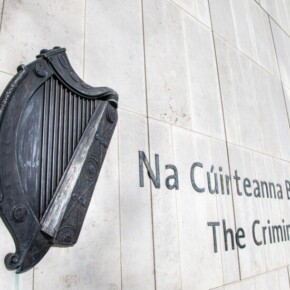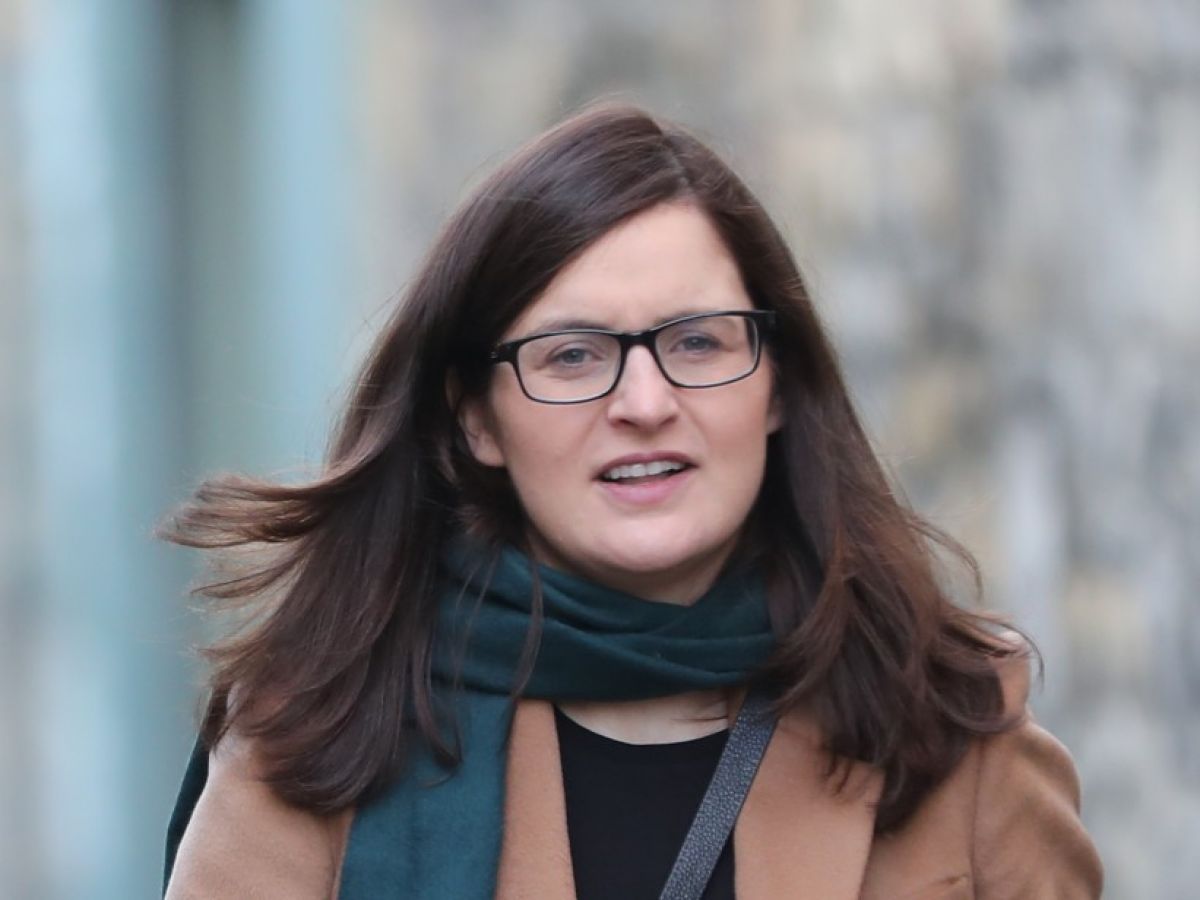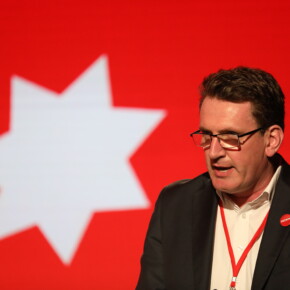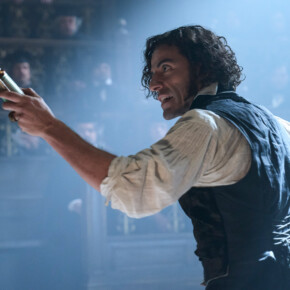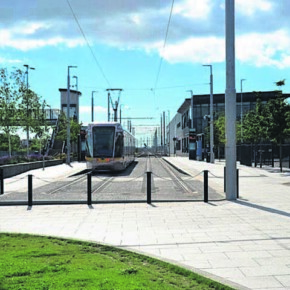Last stop, Glasnevin Cemetery
Dublin People 02 Feb 2013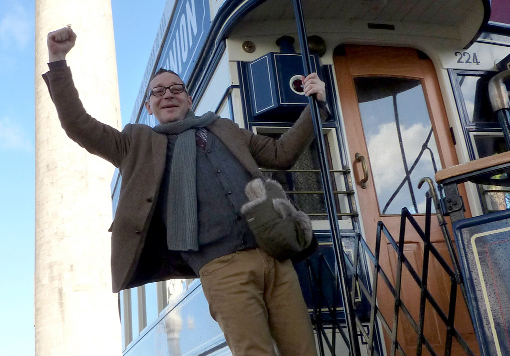
GLASNEVIN Museum helped mark the 100th anniversary of the Great Dublin Lockout last week with the help of an iconic piece of Irish history.
Tramcar No 224 was on display at the Northside museum as a reminder of the day a century ago when members of
‘Big’ Jim Larkin’s Transport Union walked off the trams of the Dublin United Tramway Company (DUTC).
They were protesting over the refusal of then DUTC chairman (and leading shareholder) William Martin
‘Tramway’ Murphy to allow some workers to join the Irish Transport and General Workers’ Union.
These central characters of the lockout, divided in life, are united in death by their final resting place in Glasnevin Cemetery where first Murphy (1919) and then Larkin (1947) were laid to rest.
Murphy lies in an unmarked grave while in contrast, Larkin’s is near the graves of Daniel O’Connell, Michael Collins, Maud Gonne and Eamon de Valera and is marked by a stoic headstone.
According to Glasnevin Cemetery historian, Shane MacThomais (pictured left), what made the dispute much bigger than either the tram company or the Transport Union was Murphy’s response.
“He organized all but a handful of Dublin’s major employers not only to sack all ITGWU members, but also to force their employees to sign a pledge never to join the union,
? MacThomais says.
“Those who refused to sign were sacked or
‘locked out’. Eventually the numbers on strike reached 20,000 and it affected over 100,000 through the employees’ families.
“The battle to try to reverse these sackings took six long and bitter months and ultimately ended in failure. By early 1914, hunger and the withdrawal of funds by the British Trade Union Congress (TUC) meant that the workers were forced to give in and sign the employers’ pledge.
?
One legacy of the Lockout was the Irish Citizen Army. Originally this was a street-fighting force intended to take on the police with fists and bats and to protect union demonstrations. But just three years later, mostly on the initiative of James Connolly, it participated, armed, in the nationalist insurrection, the Easter Rising.
Glasnevin Cemetery is the final resting place for almost all of the key figures that took part in the Lockout. The history of Labour movement in Ireland can be traced across the paths linking the graves of the main protagonists in the cemetery.


